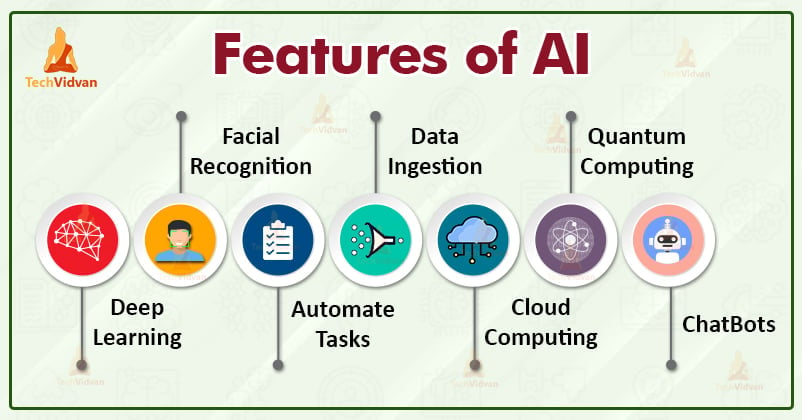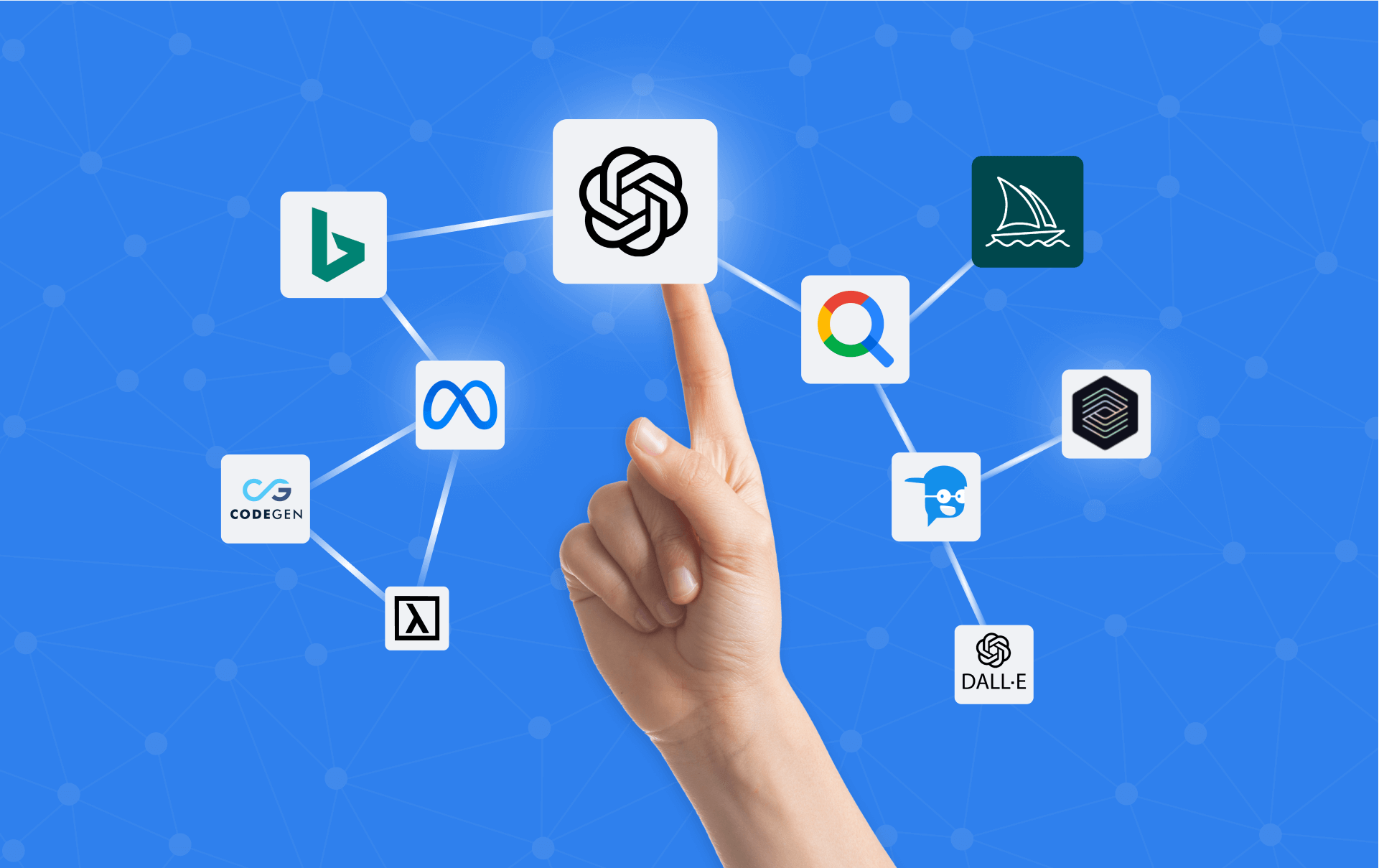AI is revolutionizing cybersecurity by offering advanced tools to fight evolving cyber threats. Here’s how AI is strengthening cybersecurity:
-
Threat Detection and Prevention: AI can quickly analyze massive amounts of data to identify unusual patterns, such as unfamiliar user behavior or abnormal network traffic. This helps detect cyberattacks like malware or ransomware before they cause damage. AI systems continuously learn from new threats, improving their ability to spot even subtle signs of an attack.
-
Automating Security Tasks: Many cybersecurity tasks, such as monitoring networks, scanning for vulnerabilities, and updating security protocols, can be time-consuming. AI automates these tasks, freeing up security experts to focus on more complex issues. This makes cybersecurity operations faster and more efficient.
-
Real-time Responses: AI-driven systems can respond to threats in real-time. For example, if a suspicious activity is detected, AI can automatically block a hacker's access, quarantine affected areas, or alert security teams instantly, reducing the chances of serious damage.
-
Predictive Capabilities: AI can predict potential future attacks by analyzing trends and learning from past incidents. It uses predictive analytics to anticipate where attacks might occur and what form they could take, allowing businesses to strengthen defenses before an attack happens.
-
Phishing and Fraud Prevention: AI helps identify and prevent phishing attacks (where cybercriminals try to trick people into giving away sensitive information). It can scan emails, websites, and messages to spot fake links or suspicious activity, protecting users from scams.
-
Enhanced Authentication: AI improves security through advanced authentication methods like facial recognition, voice recognition, and behavioral biometrics. These methods are more secure than traditional passwords, making it harder for cybercriminals to impersonate users.
-
Machine Learning for Continuous Improvement: As AI learns from new data, it improves over time. It can adapt to new types of threats, helping organizations stay one step ahead of cybercriminals. Machine learning algorithms continuously evolve to strengthen security defenses.
Conclusion : In summary, AI is transforming cybersecurity by making it smarter, faster, and more proactive. It helps detect and stop threats before they escalate, automates key tasks, and predicts future risks, ensuring a safer digital environment for individuals and businesses alike.
Uncover the key to creating beautiful websites with our collection of expert resources:











